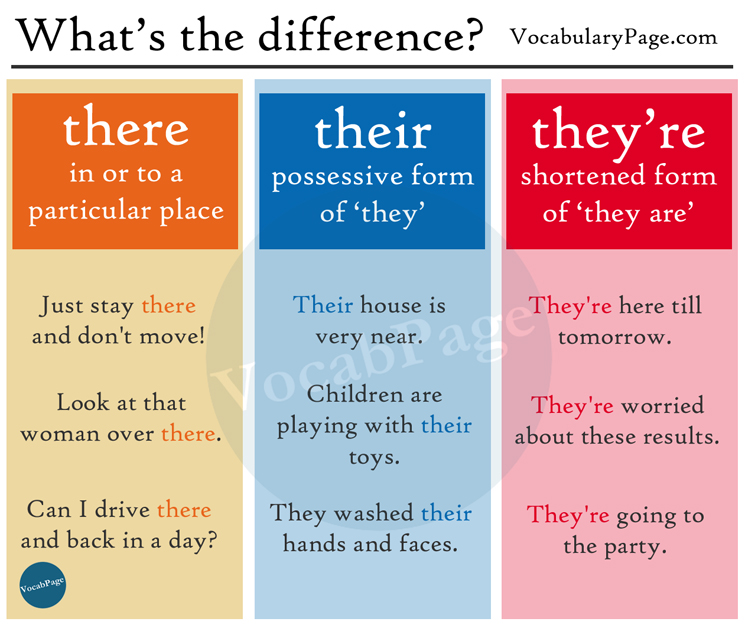
It explores the lives of Native Americans who live not on the reservation but in a city. The novel is "There There" by Tommy Orange, and it's set in Oakland, Calif. But its greater impact is emotional: a final, sorrowful demonstration of the pathological effects of centuries of abuse and degradation.A much-talked-about novel sheds light on people who haven't been discussed very much at all. Technically, it’s a dazzling, cinematic climax played out in quick-cut, rotating points of view. As these individual stories intersect, the plot accelerates until the novel explodes in a terrifying mess of violence.

/arc-anglerfish-tgam-prod-tgam.s3.amazonaws.com/public/7RDHY5TT4BCF7HOAOUNVYFWDOY.jpg)
Orange makes little concession to distracted readers, but as the number of characters continues to grow we begin to grasp the web of connections between these people. References that initially seem disjointed soon twine into a rope on which the beads of American hatred are strung. With the glide of a masterful stand-up comic and the depth of a seasoned historian, Orange rifles through our national storehouse of atrocities and slurs, alluding to figures from Col. This is a work of fiction, but Orange opens with a white-hot essay. Even the book’s challenging structure is a performance of determined resistance. Read Full Review >Įverything about There There acknowledges a brutal legacy of subjugation - and shatters it. Instead, a great deal is subtle and uncertain in this original and complex novel. Nothing in Orange’s world is simple, least of all his characters and his sense of the relationship between history and the present.

The novel, then, is their picaresque journey, allowing for moments of pure soaring beauty to hit against the most mundane, for a sense of timelessness to be placed right beside a cleareyed version of the here and now, for a sense of vast dispossession to live beside day-to-day misery and poverty. Orange makes Oakland into a 'there' that becomes all the more concretely, emphatically and fully so in a novel that deals, in tones that are sweeping and subtle, large-gestured and nuanced, with what the notion of belonging means for Native Americans. In Tommy Orange’s There There, an ambitious meditation on identity and its broken alternatives, on myth filtered through the lens of time and poverty and urban life, on tradition all the more pressing because of its fragility, it is as if he seeks to reconfigure Oakland as a locus of desire and dreams, to remake the city in the likeness of his large and fascinating set of characters.


 0 kommentar(er)
0 kommentar(er)
